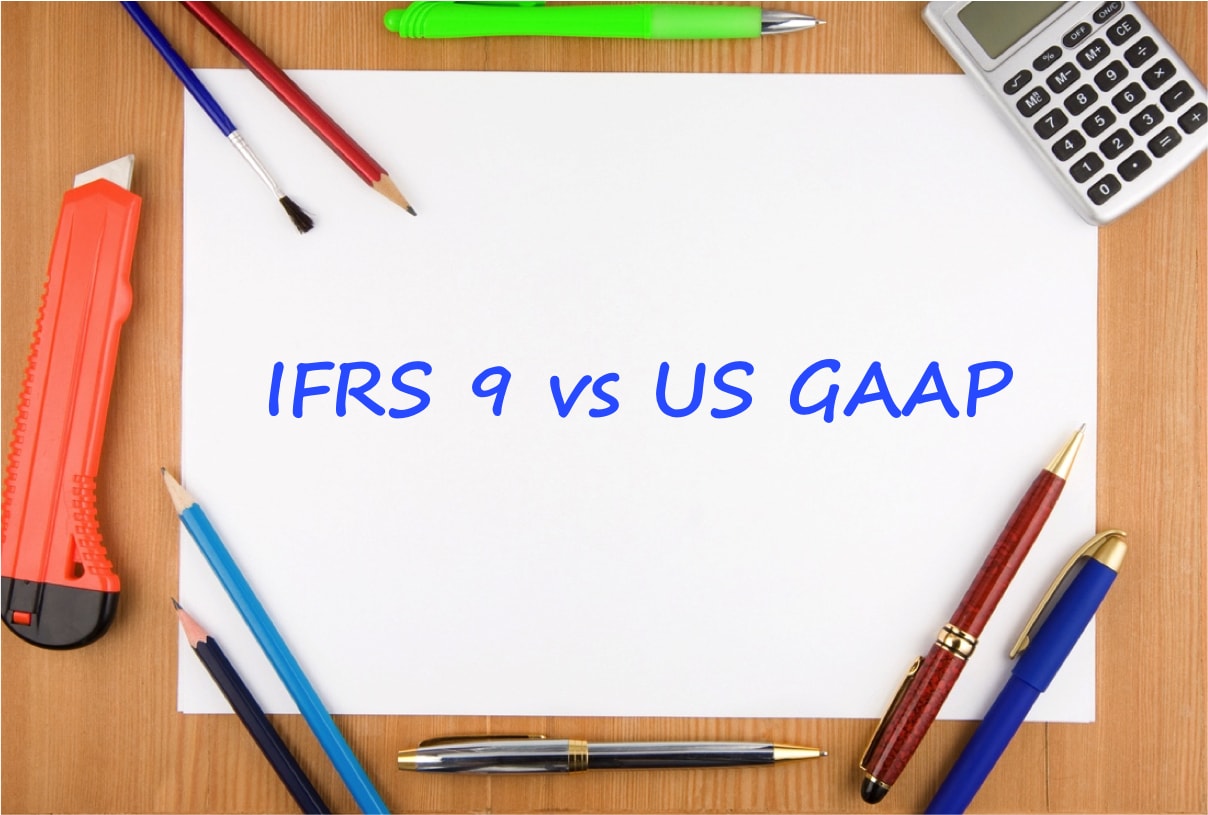
So we have the revenue recognition principle for revenue and the matching principle for expenses. Okay, The matching principle tells us when to record expenses. So what we use in gap is what's called the matching principle. We're gonna need tutors to be the tutors, right? All sorts of expenses to be able to sell the product to the customer. We're gonna need people at the cash register. Right? There's gonna be some sort of expenses we need, we're gonna need sales people. So generally what's gonna happen is we got to incur expenses to earn revenue. We are providing services to others expenses. And remember that expenses, these are the value of goods and services that the company that we receive, right, compare that to revenue revenue. So let's continue here with expense recognition. So let's pause right here and then we'll continue with the expense recognition principle. If they paid $50 for the tutoring session, you get $50 of revenue, right? So you just find the value of what you provided to the customer and what they gave to you. So if they paid $10 for the T shirt, we get $10 of revenue. What did the customer paid for it? That's the amount of revenue. And generally it's pretty easy to think how much revenue record. So how much revenue do we record? Well the amount of revenue we record is the value of the good or service provided to the customer, right. When that tutoring session is finished, right, that one hour two hours past, you've earned the revenue. When the tutoring session is done, right? Regardless of if the customer is going to pay you at the end of the session or pay you in advance or pay you later. Well your job is done just like with a tutoring company let's say because it's a service, not a physical product. You've done your part of the transaction right? You gave the customer the T shirt. Right? Regardless of if the customer is gonna hand you cash right now or give you an iou to pay you in the future. So with that T shirt company, right? When the when you have the T shirt in your hand and you hand it to the customer. So what does that mean while revenue is earned when the business has delivered its end of the bargain? Okay.

When do we record revenue? Well, revenue is recorded when it is earned based on gap. It comes from this revenue recognition principle.
#US GAAP EXPENSE RECOGNITION HOW TO#
And this is gap Gap tells us this and requires us when and how to record revenue. But most of the time we're just gonna get cash. But sometimes we sell things to customers on account, right? And we have accounts receivable, things like that. Okay, So these goods and services are the reason we're in business and these revenues while they're generally just cash inflows from customers. That's not technically revenue when we sell, say some other thing that's not related to our business. But compare that to if you're a T shirt company and you have some machine that you use to produce t shirts and you sell that machine, well, you're not in the business of selling machines, right? That's gonna be something different. And this revenue is related to that, why we're in business if we sell t shirts, if we're a T shirt company, well, that revenue comes from selling T shirts, Right? So that's uh I just want to make that distinction that when you're a T shirt company and you sell uh t shirts, that's revenue.

Well, that's why we're in business, right? That's the whole point. And remember that revenue is the value of goods or services that we provide, right? So when we provide a good or service to our customer, we earn revenue, right? And revenue is the money that comes in from that and the selling of these goods and services.

So now let's dive a little deeper into when we recognize revenue, which means recorded on our books and also recognize expenses in gap, Right? When does gap require us to record revenue and expenses? Let's check it out.


 0 kommentar(er)
0 kommentar(er)
